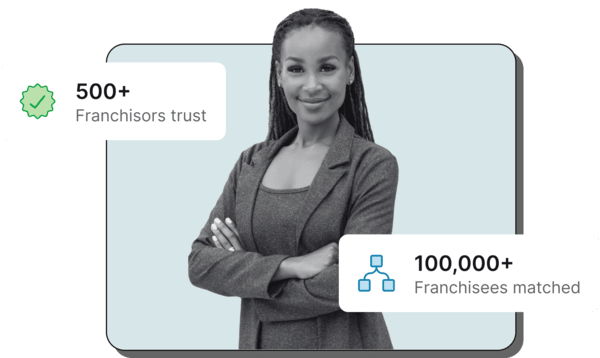Navigate quickly
Why Contact Rate Isn't The Only Metric To Grow Your Franchise Brand

Baseball players pride themselves on their ability to make contact when at bat.
Doing so helps to limit strikeouts, put the ball into play and make the opposing defense work.
And while contact rate is an important element within the game, baseball experts and statisticians often argue it’s an overrated one.
Moneyball, both the book and the movie, taught us that the game is not about batting average, it's about getting on base. It's not about defense, it's about runs:
Signing up new franchisees works in a similar way. Yes, contact rate is important. Don't ignore it. Frandev professionals want to have a high contact rate so they can reach more potential candidates.
Keep in mind, the next metric is a necessary focal point in your sales funnel:
Contact to appointment rate.
Let’s do a simple calculation.
When you make contact with fifty of your FranchiseHelp leads out of one hundred, that’s a fifty percent contact rate. Pretty solid, right?
You bet! But there’s more...
How many of those fifty leads book an appointment with you to take the next step to get more info, is where your sales technique and process are really tested.
If you can only set a handful of appointments, then you took a big whack at that healthy fifty percent rate, and it isn’t as powerful as it once was.
We were chatting with one of our clients, Michael Peterson of Franchise Beacon, recently, and Michael shared an encouraging case study about initial contact rate versus contact to appointment rate:
Put up against three other online lead portals in a 30-Day test, FranchiseHelp leads maintained a higher initial contact rate, so Michael advised, and then he successfully worked those leads to another pleasant discovery.
According to Michael:
"The contact to appointment rate was about twenty percent higher than we had on the other platforms. And so that was super exciting."
Michael’s successful track record as a franchise development professional proves that the sales game is not just about getting good wood on the baseball, aka, contact rate, it’s about getting on base, aka, booking appointments, and earning runs, aka, closing deals.
If you want to grow your franchise brand, here are our recommendations:
- Make your number one franchise development KPI about turning activities into appointments. Execute against that metric, and you’ll focus your efforts on scoring runs, not just making contact.
- Whatever lead generation technologies you use, make sure you’re set up to execute a combination of email and text verification. This assures you will be able to strike while the iron is hot and capitalize on a candidate’s interest within seconds of their outreach.
- If you’re using texting for sales outreach, don’t include a link in your initial message. FranFunnel, the leading provider in the industry, has done the research on this tactic. You're much more likely to book an appointment with a lead if you end your introductory texts with questions like "What time are you available for a quick call?"
Remember, whether you’re playing baseball or selling franchises, contact rate matters. It’s important, and contact to appointment rate should also be a big one.
Focus on getting on base and scoring runs, and the crowd will go wild.
Scott Ginsberg is Head of Content at FranchiseHelp. He was a pretty good baseball player until the age of 14.
Ultimate franchising guide
All you need to know as a first time franchisee: Step by step guidance from experienced franchise professionals.














